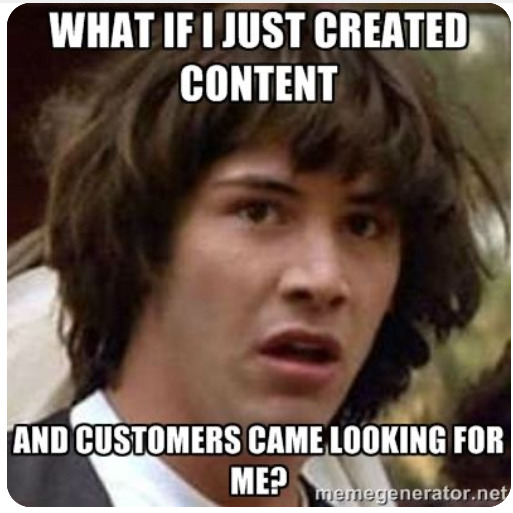The Importance of Establishing Goals for Digital Marketing

As digital marketing undergoes a revolution of change (along with just about every other aspect of our world) with AI leading the way, establishing clear and measurable goals is critical to success. Without well-defined objectives, marketing efforts can become unfocused, inefficient, and ultimately ineffective. Oddly, many business owners and marketers skip this foundational step. Here’s […]
Are You Missing A Piece of the Puzzle?

When it comes to digital marketing there are a number of pieces that have to come together all at once for things to really click. And, if you are missing just one piece of the puzzle, like whoever left this piece in our parking lot, you simply won’t be able to get the full picture. […]
How to Set Goals for Digital Marketing

You need to set goals for digital marketing early in the process – not after you have created campaigns or begun implementing tactics. You should consider what you are trying to accomplish – what is the desired outcome of your digital marketing. Of course, for most folks, that is either more business or more leads. […]
The Art Of Digital Marketing Is Science

There are a lot of artists out there. They love to create beautiful campaigns that look and feel marvelous. Sometimes you will see a post or part of a campaign that makes you laugh out loud. That too is a good part of the art. A picture is indeed worth a 1000 words and some […]
Reconnecting

Believe it or not, it has been six months since we last connected via email. But all is well in EduCyber land. Yes, both Maki and Brian came down with the virus in the spring so a large part of April we were checked out and focused on healing. But we are back and doing […]
Building Your Brand Digitally
We work with a lot of smaller companies who tell us straight up that they are too small or below the radar to have a brand. We say hogwash! Every single organization – for profit or non-profit – has a brand. Included in the brand are tangible and intangible things like: Reputation Logo Standing of […]
8 Ways to Defeat The Evil Blogger’s Block
Most of the new websites we build these days include blogs. We love blogs because search engines love blogs. Adding a blog to their website is the single easiest way for a business to get more visitors. Plus, it gives the business owner a real-time way to communicate with their customers. Hit publish and your […]
Finding the Best Social Media Sites
What media (or sites) are best suited to my goal? Once you have determined what your goals are, it is time to determine which social networking sites will best help you meet those goals. There are literally hundreds of social networking sites available to you. Outside of three or four though, they all are designed […]
Setting Goals for Social Media Marketing
Question 1 from 10 Essential Questions to Answer for Your Social Media Marketing Campaign: What are my goals (What do I expect to get out of this)? Often when talking to people about Social Media Marketing, I’m asked “how much time does it take?” To which I reply “What do you want to do?” It’s […]
10 Essential Questions for Your Social Media Marketing Campaign
Everybody is all abuzz about Social Media Marketing Campaigns whether it’s Facebook, Twitter, LinkedIn or some niche site that fits their needs. But we keep getting the same questions from customers and we basically turn the questions back around to ask them. Here are the questions that you should think through for your needs as […]
